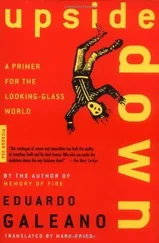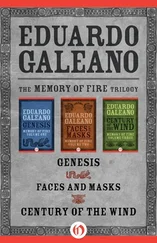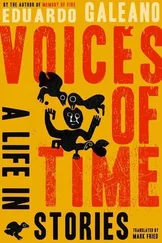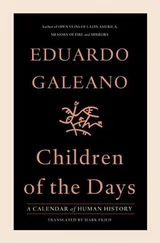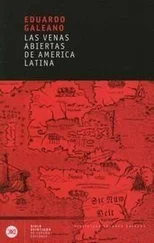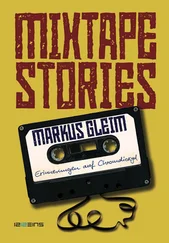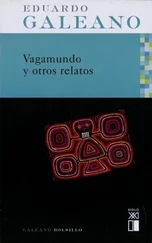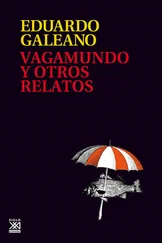He must have been hallucinating: how could glasses of wine float up untouched to the lips of the great Khan? How could a melon from Afghanistan cost as much as a woman? The most generous among them said the merchant writer was not well in the head.
By the Caspian Sea, on the road from Mount Ararat, this delirious raver had seen burning oils, then in the mountains of China he’d seen flaming rocks. Ridiculous at best were his claims about the Chinese having paper money bearing the seal of the Mongolian emperor, and ships that carried over a thousand people. The unicorn from Sumatra and the singing sands of the Gobi Desert evoked guffaws, and those textiles that laughed at fire, which Marco Polo found beyond Taklamakan, were simply unbelievable.
Centuries later it all came out:
the oils that burned were petroleum,
the stone that burned was coal,
the Chinese had been using paper money for five hundred years,
and their ships, ten times the size of European ones, had gardens that
provided sailors with fresh vegetables to prevent scurvy,
the unicorn was a rhinoceros,
the wind made the tops of the dunes in the desert whine,
and the fire-resistant fabric was made of asbestos.
At the time of Marco Polo, Europe knew nothing of petroleum, coal, paper money, large ships, rhinoceroses, high dunes, or asbestos.
WHAT DID THE CHINESE NOT INVENT?

When I was a child, I knew China as the country on the other side of the world from Uruguay. You could get there if you had the patience to dig a hole deep enough.
Later on, I learned something about world history, but world history was the history of Europe and it remains so today. The rest of the world lay, and still lies, in darkness. China too. We know little or nothing of the past of the country that invented practically everything.
Silk began there, five thousand years ago.
Before anyone else the Chinese discovered, named, and cultivated tea.
They were the first to mine salt from below ground and the first to use gas and oil in their stoves and lamps.
They made lightweight iron plows and machines for planting, threshing, and harvesting two thousand years before the English mechanized their agriculture.
They invented the compass eleven hundred years before Europe’s ships began to use them.
A thousand years before the Germans, they discovered that water-driven mills could power their iron and steel foundries.
Nineteen hundred years ago, they invented paper.
They printed books six centuries before Gutenberg, and two centuries before him they used mobile type in their printing presses.
Twelve hundred years ago, they invented gunpowder, and a century later the cannon.
Nine hundred years ago, they made silk-weaving machines with bobbins worked by pedals, which the Italians copied after a two-century delay.
They also invented the rudder, the spinning wheel, acupuncture, porcelain, soccer, playing cards, the magic lantern, fireworks, the pin-wheel, paper money, the mechanical clock, the seismograph, lacquer, phosphorescent paint, the fishing reel, the suspension bridge, the wheelbarrow, the umbrella, the fan, the stirrup, the horseshoe, the key, the toothbrush, and other things hardly worth mentioning.

On the coast of Ceylon at the beginning of the fifth century, Admiral Zheng, commander of the Chinese fleet, etched in stone an homage to Allah, Shiva, and Buddha. And in three languages he asked the three-some to bless his sailors.
Zheng, a eunuch loyal to the empire that mutilated him, commanded the largest fleet ever to sail the seven seas.
At the center lay the gigantic ships with their gardens of fruits and vegetables, and around them a forest of a thousand masts:
“The sails catch the wind like clouds in the sky. . ”
The ships traveled to and fro between the ports of China and the coasts of Africa, passing by way of Java and India and Arabia. The mariners left China carrying porcelain, silk, jade, and they returned loaded with stories and magic plants, and giraffes, elephants, and peacocks. They discovered languages, gods, customs. They learned the ten uses of the coconut and the unforgettable flavor of the mango. They discovered horses painted in black and white stripes, and long-legged birds that ran like horses. They found incense and myrrh in Arabia, and in Turkey rare stones like amber, which they called “dragon’s drool.” In the southern islands they were astonished by birds that talked like men and by men who wore a rattle hanging between their legs to announce their sexual prowess.
The voyages of the great Chinese fleet were missions of exploration and commerce. They were not enterprises of conquest. No yearning for domination obliged Zheng to scorn or condemn what he found. What was not admirable was at least worthy of curiosity. And from trip to trip, the imperial library in Beijing continued growing until it held four thousand books that collected the wisdom of the world.
At the time, the king of Portugal had six books.

Seventy years after those voyages by the Chinese fleet, Spain launched the conquest of America and placed a Spaniard on the throne in the Vatican.
Valencia-born Rodrigo Borgia became Pope Alexander VI, thanks to the cardinals’ votes he bought with four mule loads of gold and silver.
The Spanish pope then issued a bull which gave the king and queen of Spain and their inheritors, in the name of God, the islands and lands which a few years later would be named America.
The pope also confirmed that Portugal was owner and lord of the islands and lands of black Africa, from which she had been taking gold, ivory, and slaves for half a century.
His intentions were not precisely the same as those that guided Admiral Zheng’s navigations. The pope gave away America and Africa “so that barbarian nations might be overpowered and converted to the Catholic faith.”
At that point, America had fifteen times the population of Spain, and Africa a hundred times that of Portugal.

In one of his frescoes in a chapel in Padua, Giotto painted the torments that demons inflict on sinners in hell.
As in other artistic works of the period, the instruments of infernal torture, which provoked shock and fear, were the very tools used by the Holy Inquisition to impose the Catholic faith. God inspired his worst enemy: in hell Satan imitated the technology of pain that the inquisitors applied on earth.
Punishment confirmed that this world was but a dress rehearsal for hell. In the here and now and in the Great Beyond, disobedience merited the same reward.

For six centuries and in several countries, the Holy Inquisition punished rebels, heretics, witches, homosexuals, pagans. .
Many ended up at the stake, sentenced to roast over a slow fire fed with green wood. Many more were subjected to torture. Here are some of the instruments utilized to extract confessions, modify beliefs, and sow panic:
the barbed collar,
the hanging cage,
the iron gag that stifled unwanted screams,
the saw that cut you slowly in two,
the finger-stretching tourniquet,
Читать дальше






